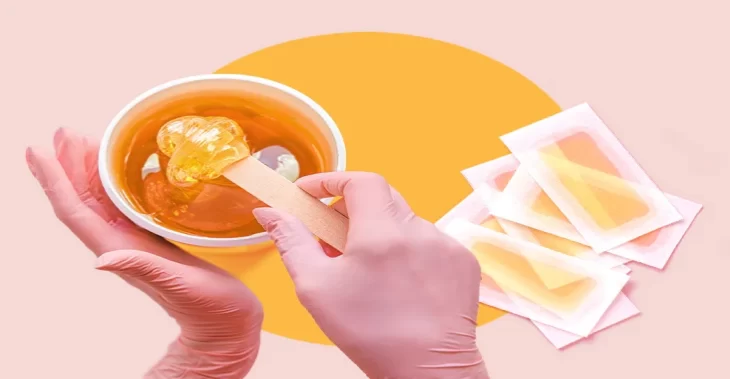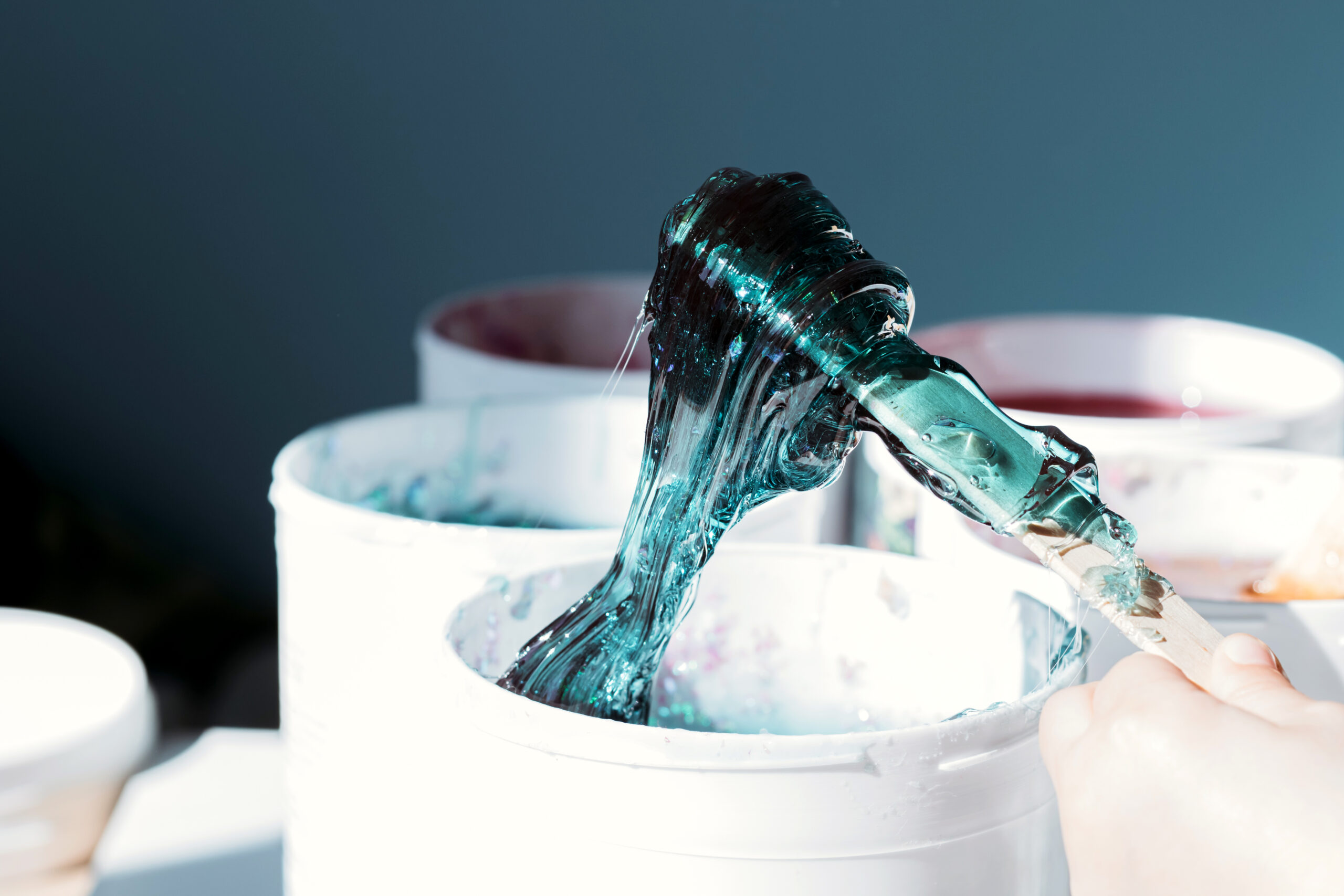

Why hygiene is so important in intimate waxing
When it comes to intimate waxing, maintaining proper hygiene is paramount. Not only does it contribute to a more comfortable experience, but it also ensures the safety and well-being of both clients and beauticians.
In this blog, hygiene is crucial in intimate waxing, the potential risks associated with poor hygiene, and the best practices salons and beauticians should implement to ensure cleanliness, safety, client satisfaction, and sanitized environment.


Understanding the Importance of Hygiene in Intimate Waxing:
Defining Intimate Waxing:
1.Intimate waxing is a hair removal process from sensitive areas such as the bikini line, Brazilian area, and underarms.
2.Intimate waxing can provide long-lasting results, leaving the skin smooth and hair-free for weeks.
3.Choose an experienced professional for intimate waxing to ensure hygiene, safety, and desired results.
4.Regular intimate waxing can lead to finer and sparser hair growth, making it a popular choice for those seeking a longer-term solution.
5.Intimate waxing can enhance personal hygiene, boost confidence, and offer a clean and groomed appearance.
The Significance of Hygiene in Intimate Waxing 2.1 Common:
1.Hygiene is of utmost importance in intimate waxing as it ensures a safe and clean environment for the procedure, reducing the risk of infections and complications. Maintaining high levels of hygiene promotes client comfort.
2.We strict hygiene practices, such as using disposable tools, sterilizing equipment, and maintaining a clean and sanitized workspace, the chances of cross-contamination and the spread of bacteria are low.
3.Hygiene protocols should extend beyond the treatment area and include proper handwashing, wearing gloves, and following industry best practices to ensure the highest level of cleanliness.
4.Educating clients about the significance of hygiene in intimate waxing can empower them to make informed decisions and choose reputable salons that prioritize their health and safety.
Risks of Poor Hygiene in Intimate Waxing:
Infections and Complications:
1.Proper hygiene practices in waxing help prevent infections and complications that can arise from the procedure.
2.By maintaining a high level of hygiene, the risk of bacterial or fungal infections, such as folliculitis or ingrown hairs, is significantly reduced.
3.Hygiene also plays a crucial role in preventing the spread of sexually transmitted infections (STIs) during intimate waxing procedures.
4.Practicing hygiene protocols demonstrates professionalism, care, and commitment to client safety, enhancing the overall experience and satisfaction.
5.Infections and complications can have serious consequences, including pain, discomfort, scarring, and prolonged healing time. Proper hygiene minimizes these risks and ensures a smooth and successful waxing process.
6.By prioritizing hygiene, waxing professionals contribute to the overall well-being of their clients, fostering trust and long-term relationships.
7.Always go to reputable salons that prioritize cleanliness and minimize the risk of infections and complications.
Preventing Infections:
1.Proper sanitation and disinfection of tools and equipment used in waxing procedures are essential to prevent infections. It includes sterilizing reusable tools, such as spatulas and tweezers, and using disposable items whenever possible.
2.Maintaining a clean and hygienic environment is crucial in preventing the growth and spread of bacteria, viruses, and fungi. Cleaning the surfaces, treatment beds, and waxing stations help create a safe and sanitary space for clients.
3.We Prevent infections and provide instructions on keeping the waxed area clean, avoiding touching or scratching, and using recommended skincare products.
Best Practices for Ensuring Hygiene in Intimate Waxing
To maintain hygiene in intimate waxing, salons should follow these practices:
a.Use disposable or sterilized equipment: Disposable applicators, gloves, and towels should be used for each client to prevent the spread of germs. Non-disposable tools using autoclaves or disinfectants.
b.Clean and sanitize the treatment area: Thoroughly clean and sanitize the treatment bed, surfaces, and floors between clients to eliminate potential contaminants.
c.Practice hand hygiene: Aestheticians should wash their hands with soap and water or use hand sanitizers before and after each treatment to prevent the transmission of germs.
d.Use hygienic waxing techniques: Proper waxing techniques using clean spatulas and never double-dipping are crucial to avoid contamination and subsequent transmission of pathogens.
e.Follow strict salon protocols: Establish and enforce salon protocols that outline the importance of hygiene, including regular staff training and audits to ensure compliance.
f.By prioritizing hygiene in intimate waxing, salons can provide a safe and comfortable environment to minimize the risk of infections and maintain high professionalism and trust within the industry.
Conclusion:
Maintaining impeccable hygiene standards is non-negotiable when it comes to intimate waxing. By prioritizing hygiene, salons, and technicians ensure their clients’ safety, comfort, and satisfaction. From minimizing the risk of infections to enhancing the overall experience, hygiene plays a vital role in every aspect of intimate waxing. By adhering to the best practices outlined in this blog, salons, and technicians can establish themselves as trusted providers of waxing services, earning the confidence and loyalty of their valued clients.



0 Comment